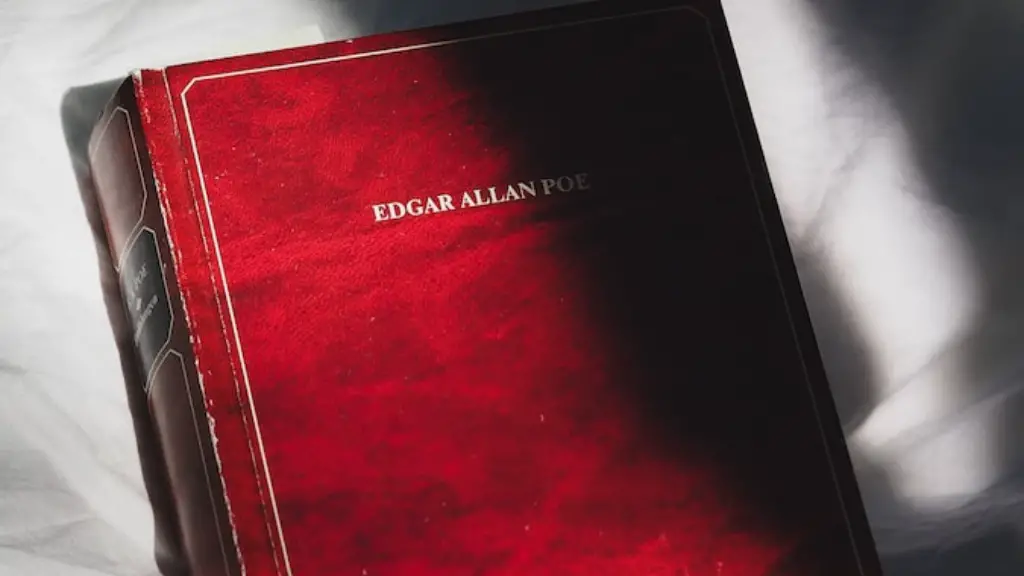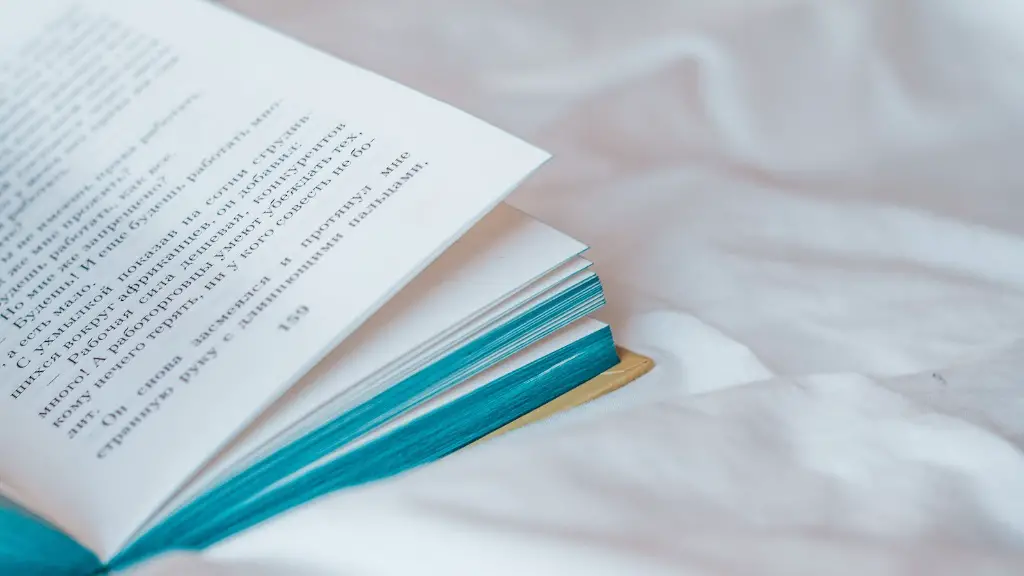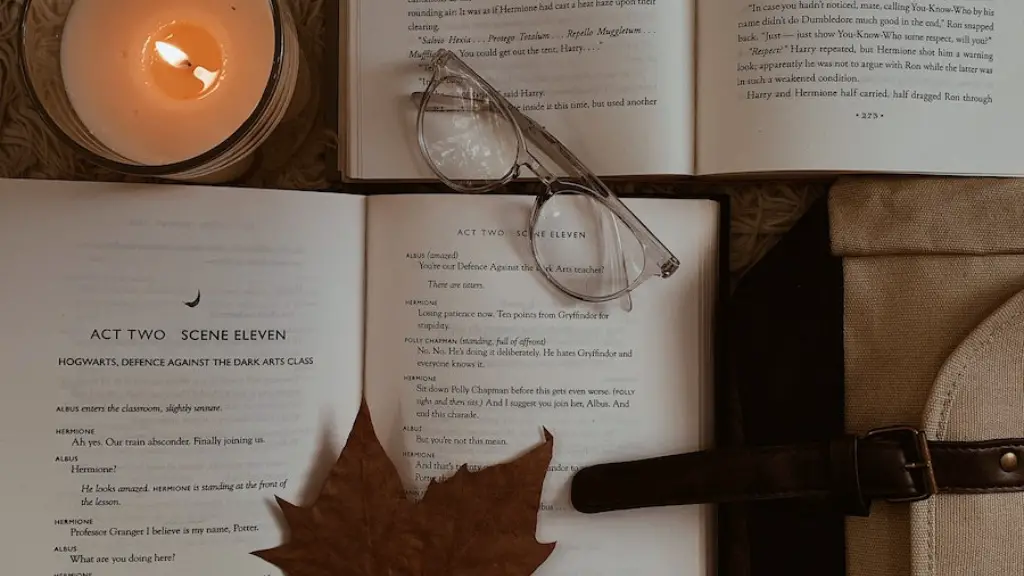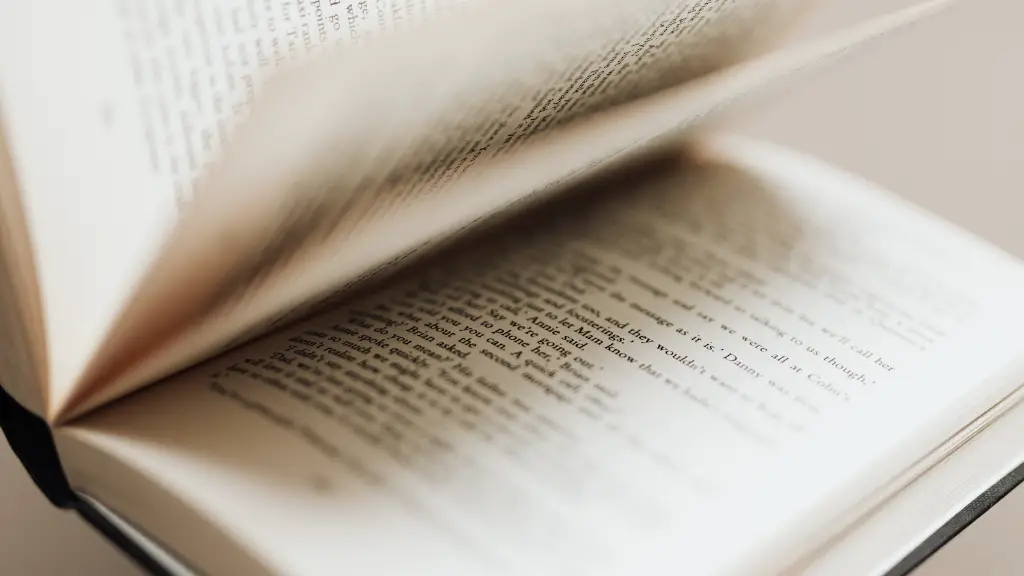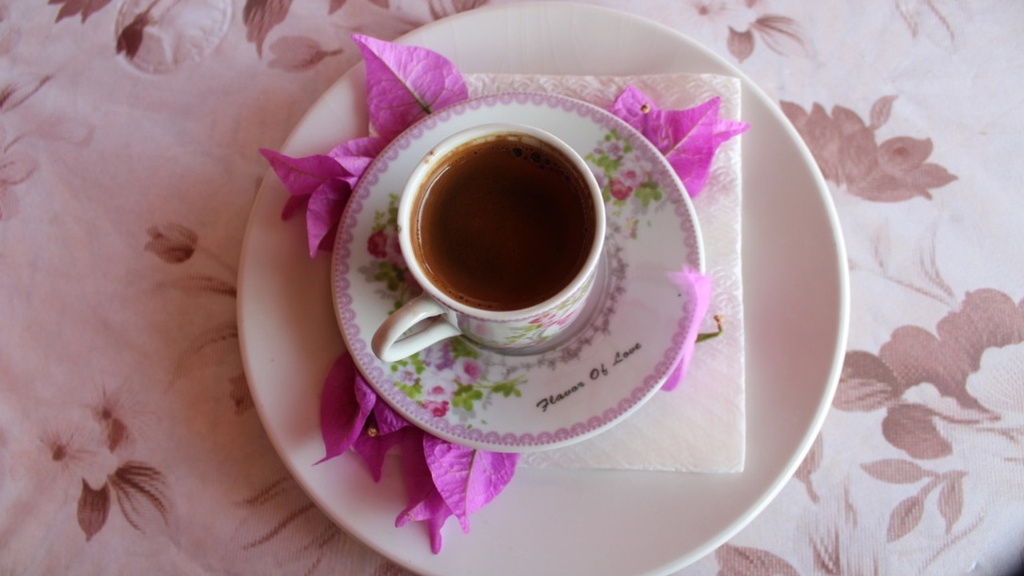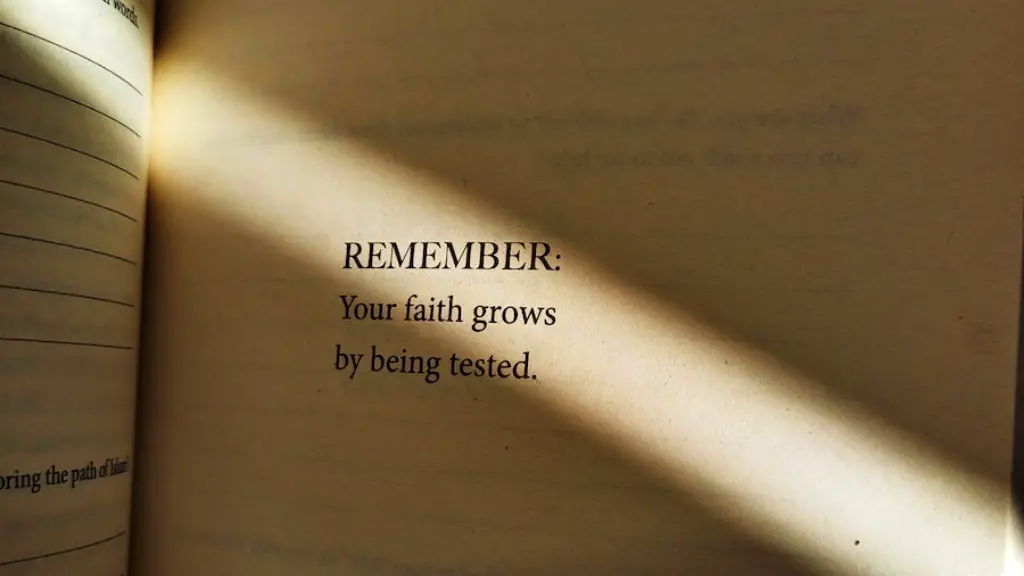Enjambment is a poetic device used to emphasize a certain phrase or idea, by leaving it unfinished at the end of a line and continuing it in the next. This results in a sense of anticipation, as the reader is left on a cliffhanger, waiting to hear the rest of the phrase. Enjambment can be used to create contrast between different ideas and to give a feeling of fluidity, as ideas are strung together by being broken into separate parts. Additionally, it allows for the emotive language of a poem to be more expressive and allows the poet to more accurately convey the meaning that they wish to relay through the piece.
Enjambment is commonly found in English poetry and is seen as an essential technique for any good poem. It is a way to link sounds and images so that they become interrelated and create powerful statements. It also helps to draw out emotion from the reader as they are required to read each line of text in one breath, giving the poem a sense of continuity and momentum. By working together with other devices, enjambment can be used to create a powerful atmosphere that can only be achieved by putting words together in the right order.
The technique has a long history, with evidence of its use being found as far back as ancient Greek and Roman texts. It can be seen in works of literature throughout the centuries, including in the writings of the great poet and writer William Shakespeare. In the works of Shakespeare, the use of enjambment can be seen in several of his most well-known plays, such as Romeo and Juliet and Macbeth.
Enjambment can also be used to manipulate the rhythmic structure of a poem. By breaking up the flow of a poem, it can create a new rhythm, as each line necessitates a new thought process and allows the poem to be appreciated in a different way than one without enjambment. For example, the use of iambic pentameter combined with enjambment can result in the reader taking a breath and pausing after each line, which can give a sense of suspense and lend the poem a kind of ‘storytelling’ feel.
Typically, enjambment is used to bridge different ideas together, as a way to create contrast and add emphasis. However, enjambment can be used as a tool to disrupt the traditional narrative in a poem. By creating an asymmetrical joke, enjambment can provide a surprise at the end of a line that the reader may not have expected. It gives the poet freedom to explore non-linear ways of presenting their poem, which can result in an unexpected and unique reading experience.
Enjambment is a powerful tool for any poet as it adds depth and complexity to their work. By utilizing the technique, poets can create works that are both emotionally captivating and thought-provoking. From ancient Greek poets to modern day writers, poets have used enjambment for centuries as a way to bring their works to life and make them more engaging for their readers.
The Effects of Enjambment on Poetry
Enjambment is a tool used by poets to enhance the structure, flow and emotions of their poems. By utilizing this device, they can create a more expressive and dynamic poem that better conveys the message they are trying to relay. The use of enjambment can also have a positive effect on the rhythm of a poem, allowing the poem to flow more freely and allowing the meaning of the poem to be revealed in a more natural way.
Enjambment can also be used to create contrast between different scenes, as the reader is not only taken from one point to another, but also from one emotion to another. This can help to both intensify the meaning of the poem, as well as give the reader a better appreciation of the overall sentiment that the poet is trying to convey.
Enjambment can also be used to draw out sympathy from the reader. By breaking up the story in moments of suspense, it allows the reader time to reflect on the meaning of each line, and to connect with the feelings being expressed in the poem. This allows the reader to gain a deeper understanding of the poem, as well as make emotional connections with the author.
The use of enjambment in a poem can also create a sense of anticipation and excitement in the reader. By ending each line with a fragment, it encourages the reader to continue on in anticipation of the coming phrase or idea. This suspense gives the poem an element of surprise and can be used to keep the reader enthralled and engaged throughout the entire poem.
Overall, the technique of enjambment is an essential and invaluable tool for any poet. Its use can help take a poem from being just okay, to being an expressive and captivating piece of work. Though it may be complicated at first, once understood and used in the proper context, poets can create works of art that are both beautiful and profound.
Examples of Enjambment in Poetry
The use of enjambment can be seen in many famous works of poetry and literature. Here are some examples of famous poets that have incorporated enjambment into their poems:
William Shakespeare: “That time of year thou mayst in me behold/When yellow leaves, or none, or few, do hang”
William Wordsworth: “Though nothing can bring back the hour/Of splendour in the grass, of glory in the flower”
Walt Whitman: “O Captain! my Captain! our fearful trip is done/The ship has weather’d every rack, the prize we sought is won”
John Donne: “The torrid tract, heated whereas, her skin/That funny dust that sparkled, dancing in”
Elements of Enjambment
Enjambment is made up of three basic elements: the line break, the phrase, and the pause. The line break is the point at which the poet chooses to insert a pause between two phrases and is commonly indicated by a period or comma. The phrase is the group of words that the poet puts together, and the pause signifies the pause between the phrase and the next line. By combining these three elements, poets can create an effective enjamberment, adding a heightened sense of emotion and expression to their poem.
The use of enjambment can be difficult to master as it requires the poet to arrange their words in an effective and lyrical manner. A common mistake is to jump from one idea to the next with too much haste, leaving the reader confused and unsure about where the poem is going. It is important for poets to keep the rhythm of their poem steady and consistent, ensuring that the poem flows in a natural manner and that the reader is able to connect with each line of the poem.
Enjambment also requires the poet to plan out the structure of their poem carefully. Each line of the poem should be carefully chosen and arranged in order to maximize the effect of the enjambment and create a lyric, resonating reading experience. Additionally, poets should take care to consider the type of pause they are inserting and its effect on the poem, spending time experimenting and refining their choices in order to create the right atmosphere and make their work as effective as possible.
Conclusion of Enjambment
Enjambment is a poetic device that has been used by poets for centuries as a way to add meaning and emotion to their works. By strategically breaking up the poems and inserting pauses, they can bring their works to life and connect with their readers in deeper and more meaningful ways. By taking the time to understand the elements of enjambment and experimenting with different structures, poets can create powerful and effective works of art.
History of Enjambment
The use of enjambment dates back centuries and can be seen in the works of ancient Greeks and Romans. It was later picked up by many medieval poets, who used the technique to create a more lyrical and emotive effect in their works. Later, poets such as William Shakespeare, William Wordsworth, Walt Whitman, and John Donne used the technique to create their most famous works.
Today, enjambment is still widely used by modern poets as a way to create an expressive, lyrical, and powerful poem. It is seen as an essential device for any poem, as it can be used to create a sense of anticipation and suspense, as well as bridge different ideas together and provide contrast. Additionally, it can be used to give the poem an additional level of rhythm and emotion.
Benefits of Utilizing Enjambment
The use of enjambment can benefit both poem and poet alike. By utilizing the device in their works, poets can create works that are more expressive and lyrical. This can help make their works more captivating and engaging, as well as aid in conveying the message they are wanting to relay.
For the reader, enjambment can provide a unique and entertaining experience. By creating suspense and anticipation, it allows the reader to become more engaged and emotionally connected to the work. Additionally, it can inspire the reader to contemplate the deeper meanings and implications of the poem, allowing them to come away with a richer and more profound understanding.
The Challenges of Utilizing Enjambment
As with any poetic device, enjambment also comes with certain challenges. It can be difficult to recognize when a poem is simply disparate ideas strung together, as opposed to effective enjamberment. Additionally, it can be hard to get the structure of the poem just right, as a single misplaced word can undermine the desired effect.
In order to effectively use enjambment in one’s work, the poet must take care to understand the structure and elements involved, as well as carefully experiment and refine their work until it meets the desired effect. Additionally, they must take care to ensure that the poem’s rhythm and pace is kept consistent throughout, allowing the poem to flow in a natural and lyrical manner.
